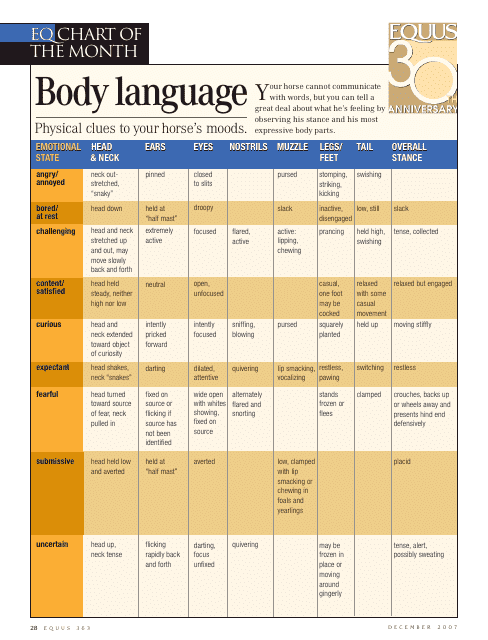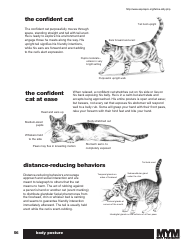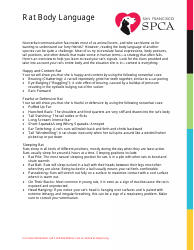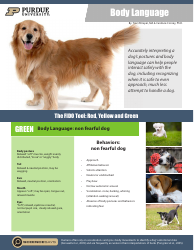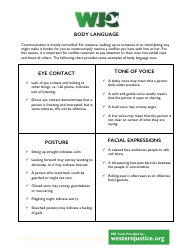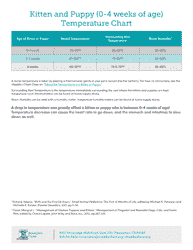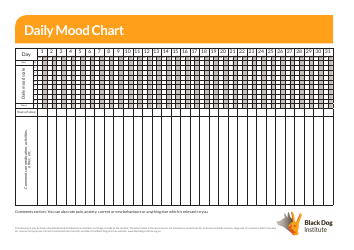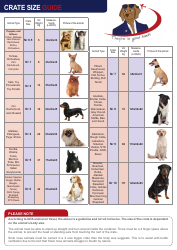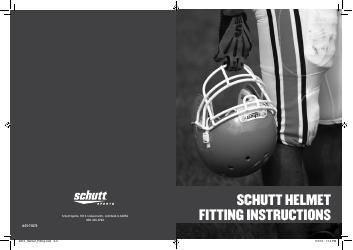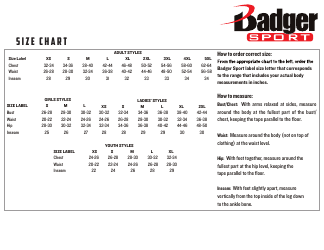Horse Body Language Chart - Your Horse's Mood
The Horse Body Language Chart shows different body language signals that can help you understand your horse's mood and emotions. It can be used as a guide to interpret your horse's behavior and better communicate with them.
FAQ
Q: What is a horse body language chart?
A: A chart that helps us understand your horse's mood and behavior.
Q: Why is it important to understand a horse's body language?
A: Understanding a horse's body language helps us communicate and interact with them safely.
Q: What are some common signs of a happy horse?
A: Relaxed ears, soft eyes, gentle movements, and a relaxed tail.
Q: What are some signs of stress or discomfort in a horse?
A: Ears pinned back, tense body, wide eyes, and swishing tail.
Q: What does it mean if a horse has a raised tail?
A: A raised tail can indicate excitement or alertness.
Q: What does it mean if a horse has a lowered head?
A: A lowered head can indicate relaxation or submission.
Q: What does it mean if a horse is pawing the ground?
A: Pawing the ground can be a sign of impatience or frustration.
Q: What does it mean if a horse is kicking or striking out?
A: Kicking or striking out can be a defensive or aggressive behavior.
Q: How can I learn more about horse body language?
A: There are many resources available, including books, videos, and professional trainers, that can help you learn more about horse body language.
